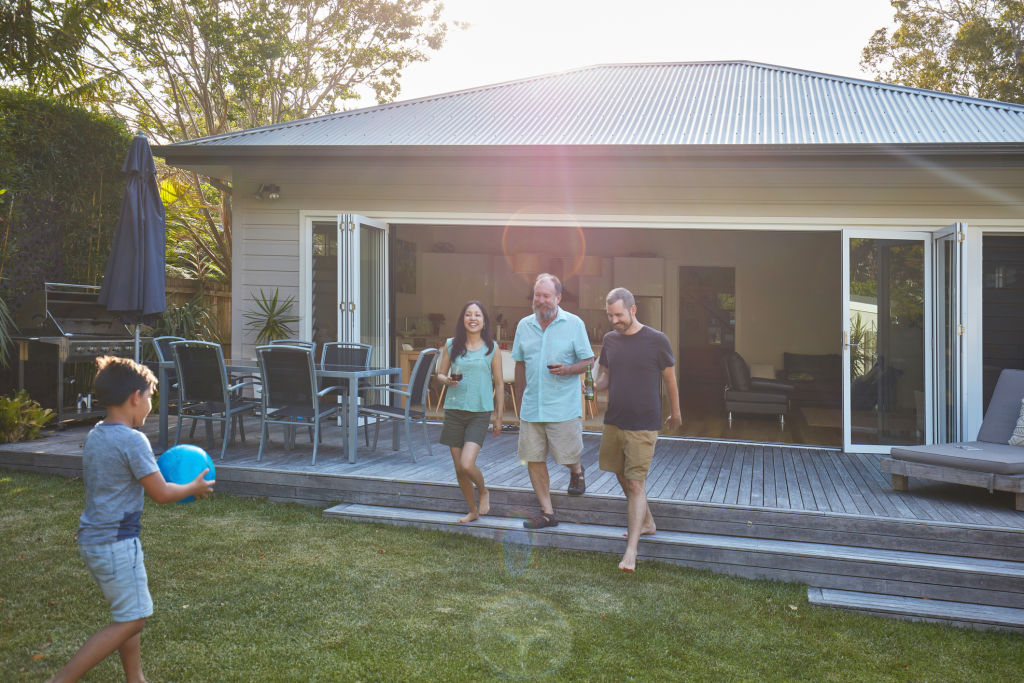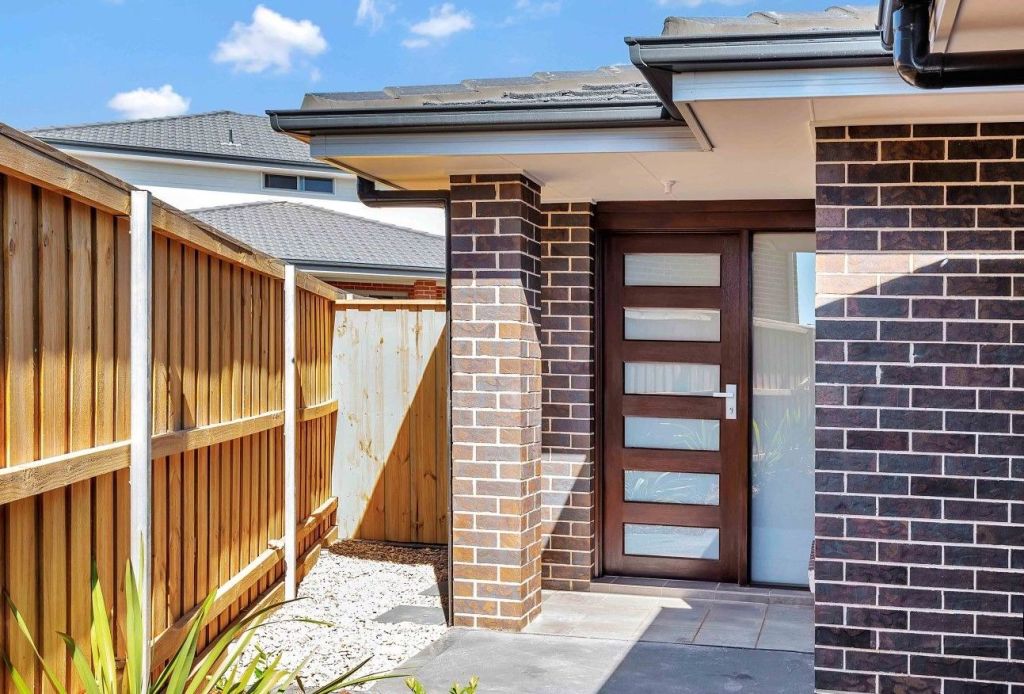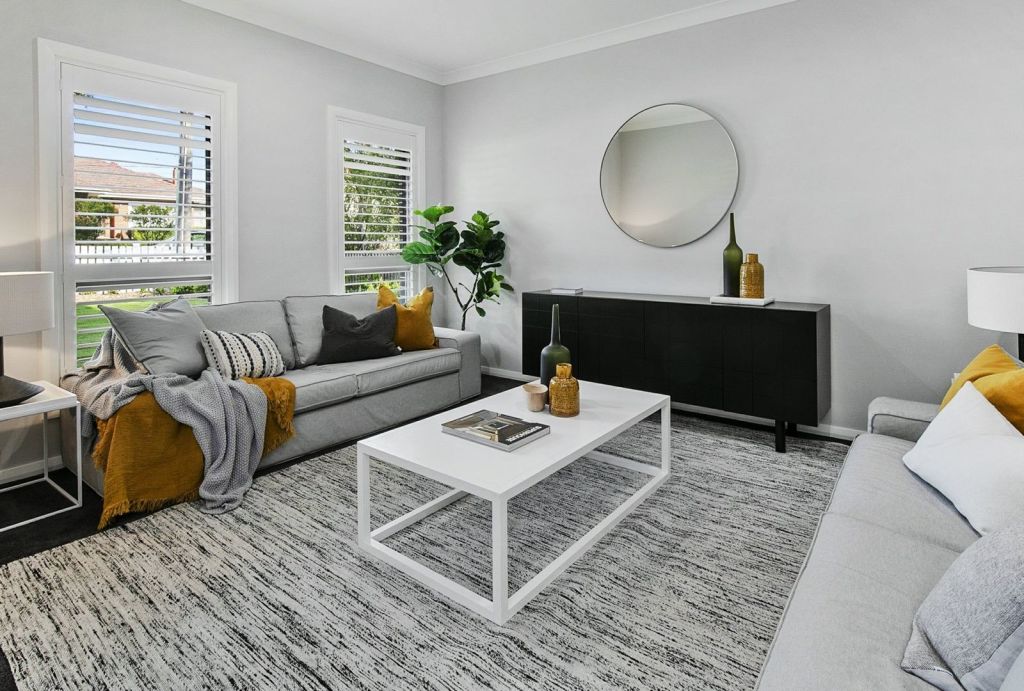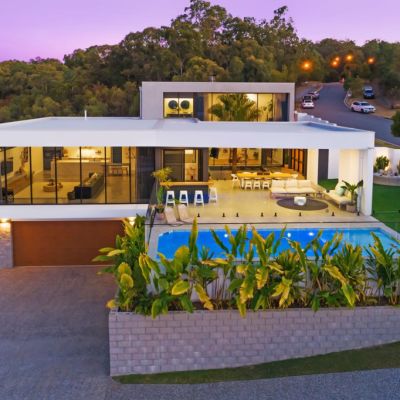Keeping it in the family: How to design a multi-generational home

The Australian Bureau of Statistics predicts the number of “related people” living in family households will continue to rise in coming years, making the question of how to plan properties for numerous generations a timely one.
Multi-generational living — where more than one generation of related adults live under the one roof — can be a great solution for families taking care of ageing parents, grandparents taking care of their grandchildren, or adult children still living at home to study or save for their own home.
Privacy and separation
According to recent research, almost 60 per cent of those living in multi-generational homes said a lack of privacy was their biggest dislike.
The main objective when designing a multi-generational home is therefore to create a well-organised space that ensures good relations among family members.
The key is providing adequate space for the whole family to come together, as well as places where members can retreat and enjoy some solitude.
Whether an upstairs loft with a door, or backyard granny flat with its own entrance, private areas are important for space separation. Separate sleeping quarters with shared living spaces can be another option for maintaining balance within the home.
Cost effective and useable multi-generational design is not always about making the house bigger, but rather using the space better, creating natural separations as well as connections.

Future planning
Mobility and accessibility within the home are important as parents age. Rather than being an afterthought, a focus on universal design helps create a home that can be used by people of all ages, abilities and mobility levels, without the need for adaptation or specialised interventions.
For many, this will include the removal of steps and split levels, the provision of wide corridors and open spaces, as well as the use of sliding doors and non-slip surfaces. Bathrooms and toilets must be cleverly thought through to ensure comfort and safety, while still managing to be aesthetically pleasing.
Finishes and furniture in communal spaces should aim to suit all family members, with generation-specific pieces left to bedrooms and private quarters. Most multi-generational homes include young children, so selecting materials that are timeless and easy to maintain is a must.

One home, many uses
The most critical component of a multi-generational home is its ability to offer spaces that have multiple functions or allow multiple preferences within any one space.
The trick is not to design or customise an area to the point where it can’t be modified. A bedroom should be able to become a study, then a play-room, then a media room, responding to changing needs over time.
Forward planning of utilities such as plumbing and electrical wiring, even internal framing, is therefore crucial, and can potentially prevent costly renovations in the future.
Think about your lounge seating and make sure there’s a spot for everybody. If the living area is large enough, consider creating separate seating clusters — one focused on a screen, the other intended for conversation or reading.
Additionally, rooms need to be designed so family members can respect each other’s preferences. For example, a large open-plan kitchen and scullery with ample preparation and storage space allows family members to prepare and consume their meals at any time of day while not affecting other family members.
As information technology advances, it won’t be long before many jobs can be done completely from home, so it’s becoming more common for multiple family members to need a dedicated work space. It’s also important for these spaces to be able to be closed off from day-to-day living.
The quest for the ideal multifunctional space is not new, but with Australia’s ageing population, multi-generational living offers many answers.
Paul Cheverall is the managing director of Home Builders Advantage.
We recommend
States
Capital Cities
Capital Cities - Rentals
Popular Areas
Allhomes
More










